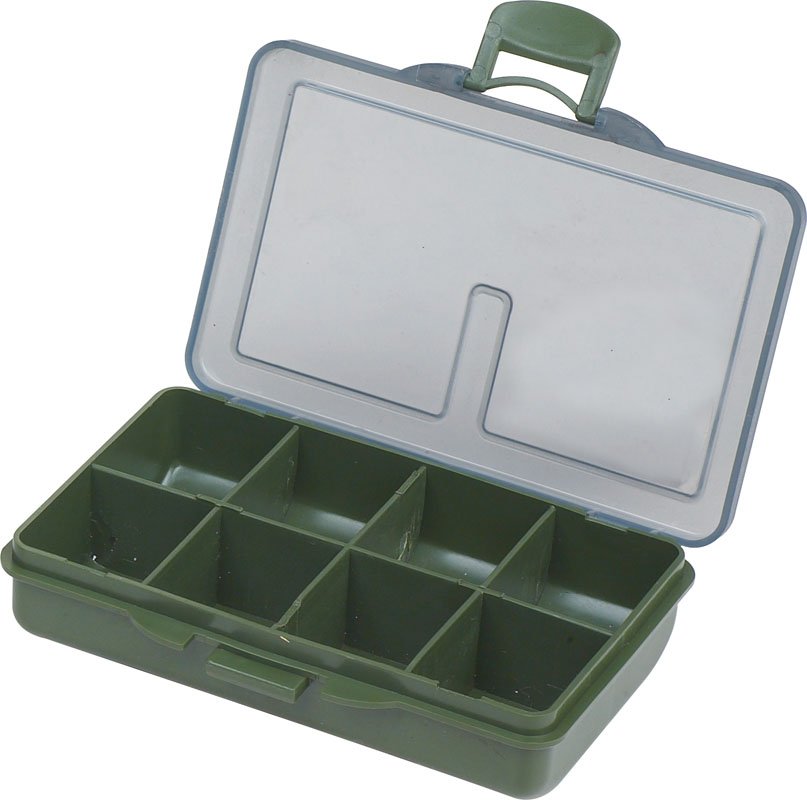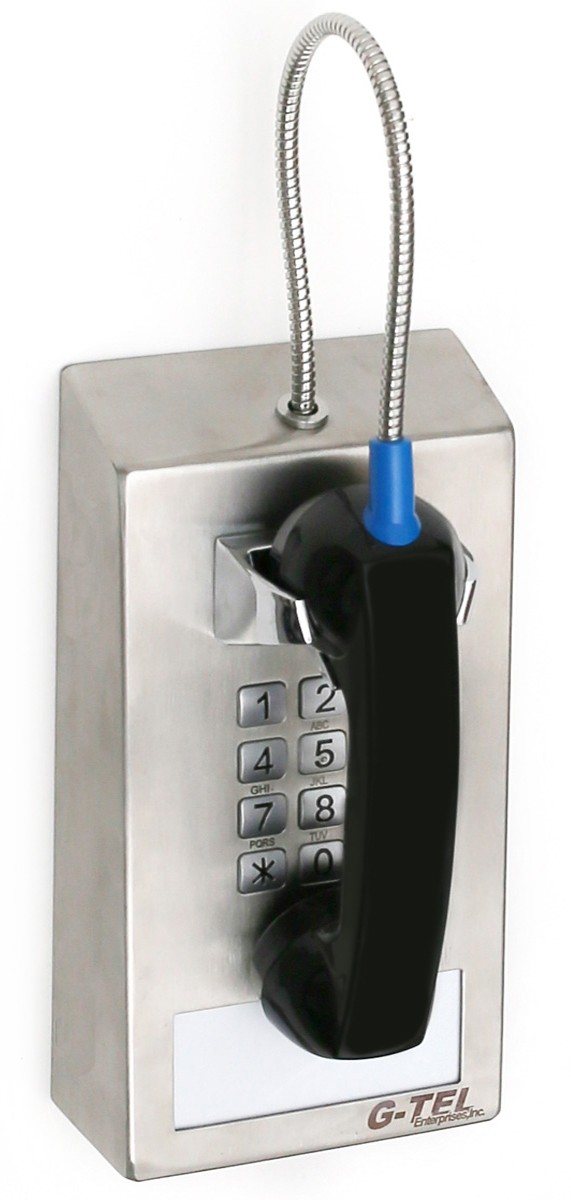

By the end of the 17th century obi were mostly tied in the back. As obi grew wider the knots grew bigger, and it became cumbersome to tie the obi in the front. Later, fashion began to affect the position of the knot, and obi could be tied to the side or to the back. Originally, all obi were tied in the front. These underarm openings in turn made room for even wider obi. The use of long sleeves without leaving the underarm open would have hindered movements greatly. There were two reasons for this: firstly, to maintain the aesthetic balance of the outfit, the longer sleeves needed a wider sash to accompany them secondly, unlike today (where they are customary only for unmarried women) married women also wore long-sleeved kimono in the 1770s. When the sleeves of the kosode began to grow in both horizontal width and vertical length at the beginning of the Edo period, the obi widened as well. The mode of attaching the sleeve widely to the torso part of the garment would have prevented the use of wider obi. īefore the Edo period, which began in the mid-1600s, kosode robes were fastened with a narrow sash at the hips. Men's obi were widest in the 1730s, at about 16 centimetres (6.3 in). At that time, separate ties and cords were necessary to hold the obi in place. In the 1730s women's obi were about 25 centimetres (9.8 in) wide, and at the turn of the 19th century were as wide as 30 centimetres (12 in). By the 1680s, the width of women's obi had already doubled from its original size. At the beginning of the 17th century, both women and men wore a thin, ribbon-like obi. In its early days, the obi was a cord or ribbon-like sash, approximately 8 centimetres (3.1 in) in width. A number of specialist fabrics used particularly to make obi are highly prized for their craftsmanship and reputation of quality, such as nishijin-ori, produced in the Nishijin district of Kyoto, and hakata-ori produced in Fukuoka prefecture.Ī Japanese woman tying the obi of a geisha in the 1890s. Though obi can be inexpensive when bought second-hand, they typically cost more than a kimono, particularly when purchased brand-new. In the modern day, pre-tied obi, known as tsuke or tsukiri obi, are also worn, and do not appear any different to a regular obi when worn. Obi are also made from materials other than silk, such as cotton, hemp and polyester, though silk obi are considered a necessity for formal occasions. Obi are categorised by their design, formality, material, and use, and can be made of a number of types of fabric, with heavy brocade weaves worn for formal occasions, and some lightweight silk obi worn for informal occasions.
#Imate accessory series
The obi, which once did not differ significantly in appearance between men and women, also developed into a greater variety of styles for women than for men.ĭespite the kimono having been at one point and continuing to appear to be held shut by the obi, many modern obi are too wide and stiff to function in this way, with a series of ties known as koshihimo, worn underneath the obi, used to keep the kimono closed instead.


Originating as a simple thin belt in Heian period Japan, the obi developed over time into a belt with a number of different varieties, with a number of different sizes and proportions, lengths, and methods of tying. It will be shipped in September this year.Back of a woman wearing a kimono with the obi tied in the tateya musubi styleĪn obi ( 帯) is a belt of varying size and shape worn with both traditional Japanese clothing and uniforms for Japanese martial arts styles.

We can pledge $109 to preorder the USB-C hub. The team behind iMate is raising fund for the product via Indiegogo. Two USB 3.0 ports and an SD card reader allow it to connect more devices with your USB-C laptop or desktop, while an HDMI port lets you easily connect an external monitor with your computer, and it support 4K resolution. Furthermore, it features a retractable Apple Watch stand. Using two USB-C Power Delivery (PD) fast charge ports allow you to charge and sync up to six devices simultaneously. The iMate USB-C hub is designed to charge and sync various Apple devices, and it supports all series of MacBook, MacBook Pro, iPhone, iPad and Apple Watch. Meanwhile, the compact profile allows you to easily store it in your bag for easy carrying. As we can see from the images, the dock sports a minimal and sleek appearance design, and three optional colors ensure it perfectly matches with your Apple devices. The iMate is a powerful and versatile USB-C docking station that measures 125 x 78 x 28mm and weighs 0.55 lbs. IMate USB-C hub not only charges all your Apple devices, but also syncs them simultaneously with your computer.


 0 kommentar(er)
0 kommentar(er)
